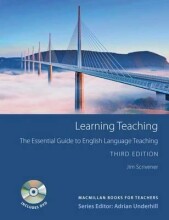Article 4 - Craft. The dual dynamics of policy advisory systems
4 important questions on Article 4 - Craft. The dual dynamics of policy advisory systems
Policy advisory system dynamics
- Externalization: extent to which actors outside government exercise influence
- Politicization: extent to which partisan-political aspects have replaced non-partisan policy advice
Early model of advisory system -externalization
3 general sets of members of advice systems (early model of advisory systems)
- Proximate decision makers – consumers of policy analysis and advice, make policy decisions
- Knowledge producers – provide scientific, economic and social scientific data, decisions based on this information
- Knowledge brokers – intermediaries between knowledge generators and proximate decisions makers, decision makers that repackage data and information into usable form
Halligan - new model of externalization
- Only some actors are able to influence policy-making because governments are able to more readily exercise control over internal actors than external ones
- But this has been challenged in recent years due to increased use of external consultants
- Now, a plurality of policy advice suppliers outside the government are providing input
- Higher grades + faster learning
- Never study anything twice
- 100% sure, 100% understanding
New models of advisory systems
- recognizes the significance of both technical and political types of policy advice
- policy advisory monopoly was once held by professional public services is no longer assured
More important to determine the temporal nature of the advice that is provided than to distinguish between political and non-political content
- Cold advice: long term and proactive
- Hot advice: short term and crisis driven
Spatial and temporal comparisons are more useful to use when differentiating between types of policy advice content than conceptualizing the activities of PAST
The question on the page originate from the summary of the following study material:
- A unique study and practice tool
- Never study anything twice again
- Get the grades you hope for
- 100% sure, 100% understanding
































